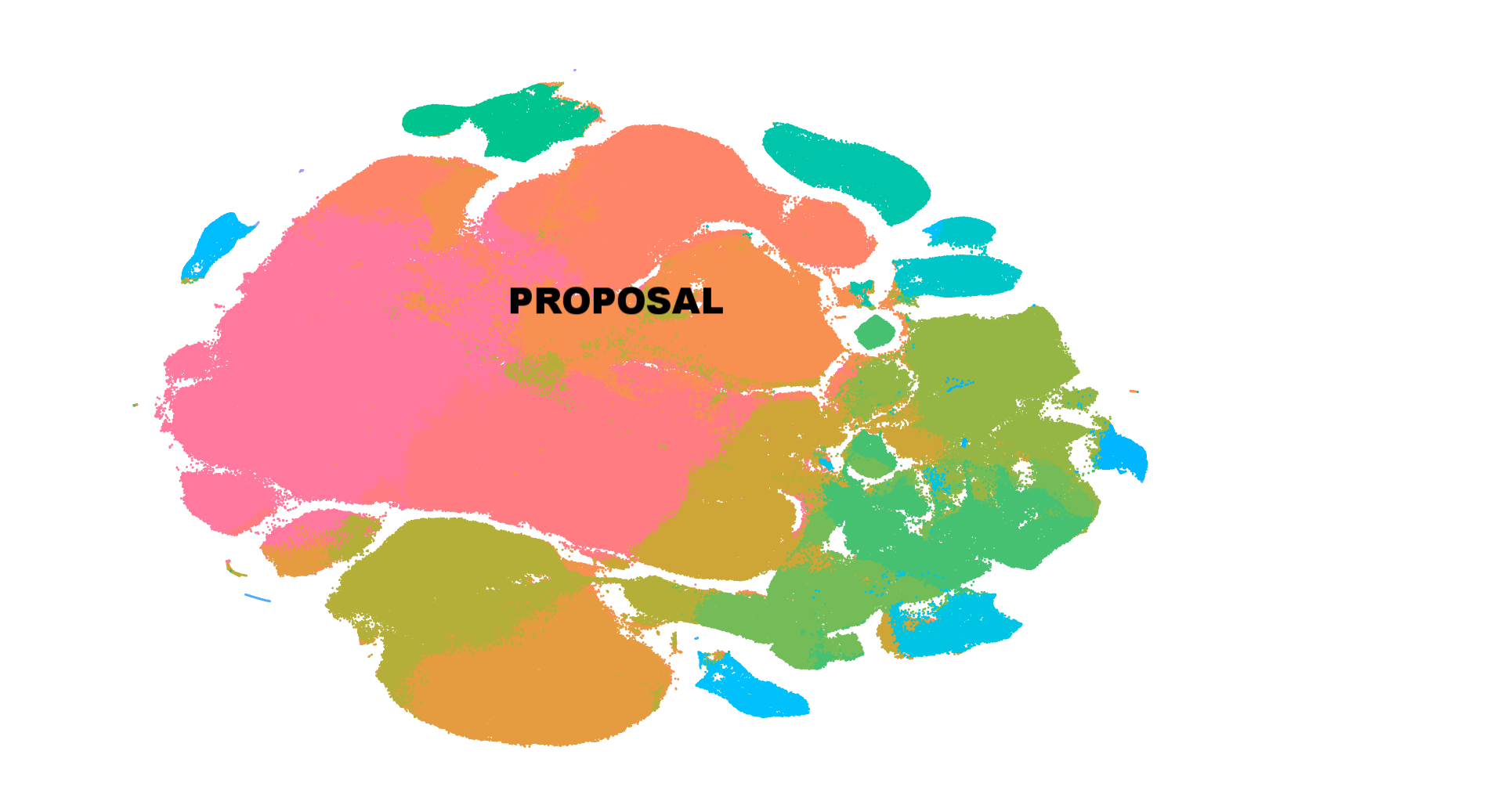Shout out to Cairn Research and Microvolution
I am not the story teller / blogger James Kerin is -- see https://www.cairn-research.co.uk/2016/09/15/brexit-riddle-creative-destruction-act-pure-vandalism -- I want to give a shout out to both Cairn Research and Microvolution for James's July 7, 2016 news / blog, partially reproduced below -- see www.microvolution.com for full credits on the excellent raw and super-excellent-instant-gratification deconvolution data.
https://www.cairn-research.co.uk/2016/07/07/5132/
BEFORE
AFTER
Why should you consider deconvolution?
– Deconvolution reallocates the photon signal in your images to remove the effects of scattered light, thus enhancing the signal:noise in your fluorescence image data.
– Whether you are looking for discrete structures within the field of view or measuring a change in signal amplitude at a precise location, small events that are hidden in the noise floor of your fluorescence signal can be unmasked by the noise reduction and signal restoration achieved by deconvolution.
– So you have plenty of signal? In this case deconvolution will allow you to reduce the damaging light load delivered to your sample. With deconvolution we can reduce the light intensity to the lowest practical levels, thus protecting the sample and extending the achievable imaging duration.







